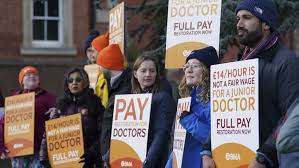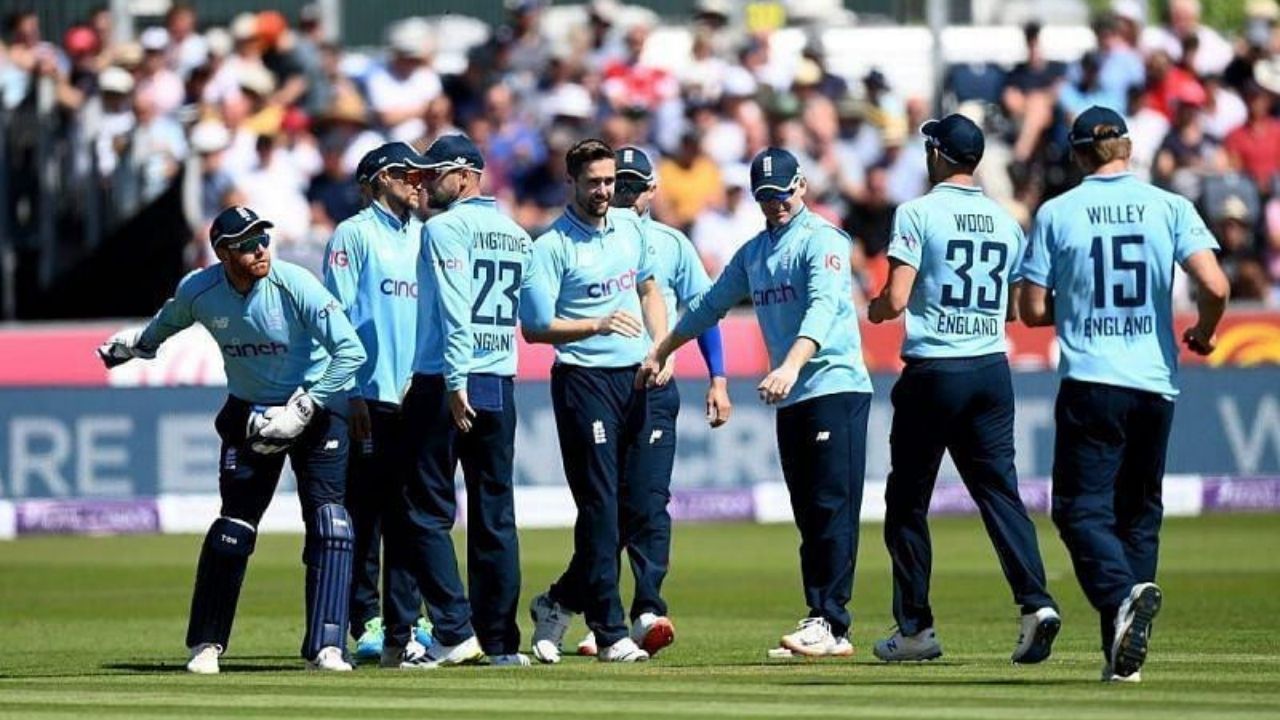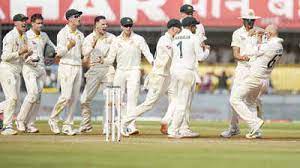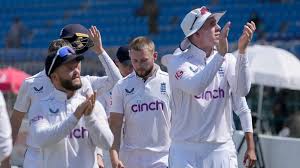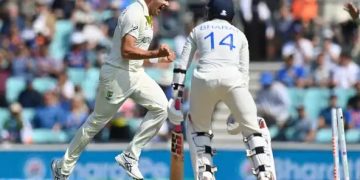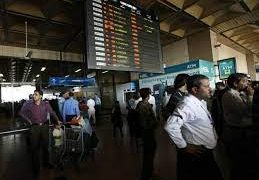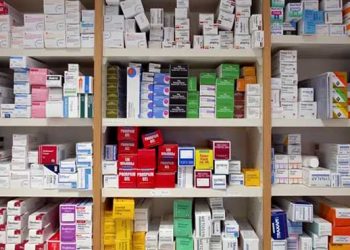It’s important to understand that men can also experience hormonal changes as they age, commonly referred to as andropause or “male menopause,” and are characterised by a decline in testosterone levels.
According to the Mayo Clinic, testosterone levels can decrease by an average of 1% each year after age 40. As men continue to age, these levels may decrease even further, with some men reporting up to a 50% reduction by age 70 compared to peak levels.
It’s estimated that about three in 10 men in their 70s and 80s suffer from low testosterone levels, which can cause a range of symptoms such as reduced libido, fatigue, mood changes, hot flashes, erectile dysfunction, infertility, and reduced muscle mass.
If you’re experiencing any of these symptoms, it may be worth considering a blood test to check your testosterone levels.
However, it’s important to note that these tests aren’t commonly run, so you may need to specifically request one from your doctor.
While there is no cure, testosterone replacement therapy (TRT) and lifestyle changes can help men replenish their hormones.
TRT can be administered through prescription injections, topical gels, oral medications, or over-the-skin patches. However, there has been a significant increase in therapy requests.
Dr Michael O’Leary, a urologist at Brigham and Women’s Hospital states that aggressive “direct-to-consumer marketing” has led to a surge in men asking about testosterone levels, particularly after seeing ads for common symptoms like fatigue.
“If they have significant symptoms, they’ll need to have a lab test,” Dr O’Leary said adding that “in most men the testosterone level is normal.”





